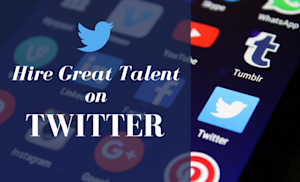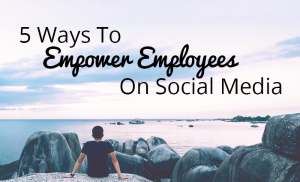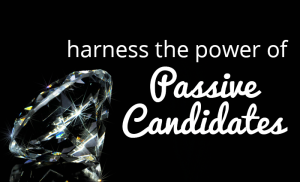Your Facebook Page is your secret weapon. You can quickly communicate your brand on a channel that most of your target audience is already on. You can recruit passive candidates and convert your employees into brand ambassadors! It’s also a great marketing platform. For smaller businesses with a less-developed website, Facebook has most of the required functionality you need!
1. Make sure your images stand out!
Are your images bold, engaging, and effective? If not, they risk being scrolled past and buried in the graveyard of uninteresting status updates. It only takes a second to catch someone’s eye, but less than that to scroll right on by. Check out this quick guide on what makes images pop! Need more reasons? Here’s a list that explains how visuals improve your social media results.
2. Pin a Facebook Post!
A pinned post to your Facebook page is the first piece of content that most visitors will see. Yet, many people do not even know this functionality exists! There are many different uses for a pinned post – read the article.
3. Update your Cover Image!
Like the pinned Facebook Post, make sure you’re using your Cover Image to the fullest potential! Many pages tend to create a single cover image and never change it: this is wasted potential! This article shares 12 creative ways you can use your cover image. Inspire a purchase with delicious visuals! Promote a specific product. Feature some fans, or celebrate moments – the possibilities are endless.
4. Add a Call To Action button!
Most third party applications don’t work on Facebook Mobile. There’s also a set number of tabs you can have visible on your home page that don’t get buried under the More tab. The Call to Action is a quick fix that lets you present the very best of your digital assets up front and centre, on both desktop and mobile devices. Here’s how!
5. Accumulate Reviews!
Honest reviews left by third parties (your clients!) on a neutral website where you cannot edit your own reviews, are the most valuable digital artifact your business can have. Reviews increase conversions, improve SEO rankings, and provide a significant boost to your brand reputation. Reading reviews is the preferred method of researching a business. Ask your customers to leave you one! Looking for more tips and tricks? Check out these helpful links:
Read More



